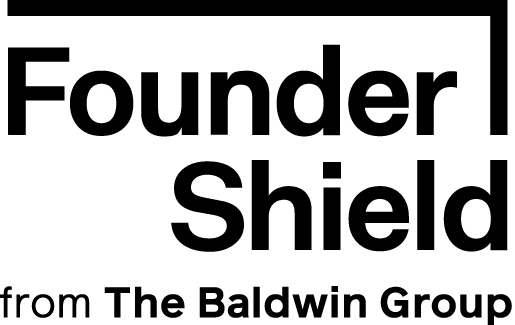Key Takeaways
Keeping your overhead manageable is likely a top business priority. After all, unexpected expenses can severely disrupt your beeline to professional growth. However, we live in a rapidly changing world, causing the market to be ever-changing, as well. If you’ve experienced an increase in your business insurance premiums, there’s always a reason. This post will explore the influence of social inflation and insurance retention and why it’s crucial for you to understand its impact.
What Is Social Inflation?
Plenty of factors can influence your business insurance premiums, including business type and size, location, industry, history, etc. However, social inflation often flies under the radar because it’s not a “concrete” element, per se. But what is social inflation precisely?
Social inflation has to do with the increasing cost of insurance claims because of social trends and perceptions about litigation, specific contracts, and legal decisions. The insurance industry has been aware of the main influential pieces for quite some time. However, the past few years have spotlighted social inflation more than ever before.
We experience rising premiums, more significant limitations, increased litigation, and exacerbated shareholder actions in the insurance industry. And that’s just for starters. It’s helpful to wrap your mind around the market climate to honestly understand the impact of social inflation on your business insurance premiums.
Understanding the Market Climate
There’s a good chance that you know your industry inside and outside. Keep in mind that other markets influence your corner of the professional world, too. Instead of assuming your sector is in a devastating nosedive, consider the big picture approach.
What Is a Hard Market?
In the insurance industry, a hard market is an upswing in a market cycle. A hard market is characterized by premiums increasing and the capacity for most types of insurance decreasing.
What Is a Soft Market?
Conversely, this side of the market cycle is characterized by low rates, high limits, flexible contracts, and high coverage availability.
What Is a Hard Market vs. a Soft Market?
The characteristics of a soft market in the insurance industry include:
- Lower insurance premiums
- Broader coverage
- Relaxed underwriting criteria, which means underwriting is easier
- Increased capacity, which means insurance carriers write more policies and higher limits
- Increased competition among insurance carriers.
Insurance experts typically associate these rate reductions with a soft market, and they undoubtedly affect insurance carriers. Remember, an insurer relies on a combination of insurance premiums and investment income to profit as a company.
On the flip side, the characteristics of a hard market include:
- Higher insurance premiums
- More stringent underwriting criteria, which means underwriting is more difficult
- Reduced capacity, which means insurance carriers write fewer insurance policies
- Less competition among insurance carriers.
Why Are We Currently Facing a Hard Market?
A string of natural disasters and the residual effects of the economic downturn have been the leading causes for this change in the insurance cycle from soft to hard market conditions.
Besides, two things affect business insurance premiums: payroll and revenue. As companies began experiencing a decrease in revenue and consequently started to lay off employees, their payroll and revenue decreased. In turn, these dynamics meant premium decreases to the insurance carrier — another way in which the carrier is losing money due to the economic downturn.
What Can We Expect From Insurance Carriers During a Hard Market?
During a hard market, underwriting gets tougher and more stringent. With each year, underwriters are becoming more sophisticated, looking more closely at losses, safety records, and financials.
We see insurance carriers dig deeper into a company’s financials than in the past. Most insurance underwriters today want a 5-10% higher rate upon renewal, and some are requiring substantially more. Rates will vary from carrier to carrier and depend on a business’s inherent risks, claims history, and finances.
At the start of 2020, the most significant challenge for many risk professionals when purchasing or renewing their insurance policies was navigating an increasingly hardening insurance market in which rates increased for almost all lines. And then the coronavirus pandemic hit.
For a risk management professional trying to put together an insurance program, experts believe that risk professionals can do quite a bit to make their insurance-buying process easier and more fruitful.
1. Make Risks Appealing to Underwriters
Companies can make their risks more appealing by showing their carriers they are taking mitigation seriously. Active risk management demonstrates an awareness of exposures and willingness to manage those risks proactively. Insurers make sure the people they’re underwriting are doing everything they can to ensure that they’re protecting data, training their employees, etc. Helping insurers feel comfortable means identifying the problem areas that are probably increasing underwriter angst and finding ways around them.
2. Take Advantage of Free Assistance
Another way to reduce costs and mitigate losses is to take advantage of value-added services offered by insurers. This strategy includes risk engineering services as well as claim data, analytics, and trend reporting.
Risk professionals should work with carriers that offer data that is specific to their industry. This approach helps them understand industry trends, loss areas of concern, and any sources of potential cost savings.
3. Build and Nurture a Trusting Relationship With Brokers
Trust between risk managers and brokers is paramount when looking for insurance coverage, especially when navigating a challenging market. The two parties should get together regularly to review their carriers and policies. Studying this information will naturally start a dialogue with carriers — preferably well ahead of any renewal date. This approach will allow brokers to help with budgeting costs.
4. Be Organized Going Into Renewal
With pricing and limited availability impacting the market, the more risk professionals prepare before renewal, the more likely their submission will be viewed favorably. Pandemic or not, risk managers still need to be organized. This approach means having complete submissions, ensuring compliance with outstanding loss control recommendations, and starting the process early.
For example, focus on how companies manage the COVID-19 environment. Consider how their business operates during this crisis and what controls do they have in place. How have revenues or payrolls been impacted? Lastly, have operations shifted temporarily?
Also, discuss how this year has impacted your business and how your company is addressing the change-induced risks. Risk managers work with the carriers to understand what options are available to them during this time, including premium payment leniency options and addressing mid-term exposure changes.
5. Emphasize Active Safety and Quality Control
The best way to get optimal pricing is to have a robust, active safety and quality control program. While that does plenty to help reduce rates and attract insurers, companies should be willing to retain more risk with large deductibles and self-insure at a particular level.
Risk professionals should work to appeal to insurers. It would help if you showed the insurer you understand the insurance industry and be an active, engaged participant instead of merely a premium payer.
6. Review Your Risk Appetite
For example, a broker can help risk professionals determine the right amount of risk retention for their organization now that market conditions have changed. In a soft market, they might be willing to buy $500 million of umbrella liability because it is affordable — but now it’s no longer as cheap.
7. Nurture Other Carrier Relationships
Risk professionals can also develop relationships with carriers that do not currently cover their business. When a risk manager sends his or her risk to market (through a broker or not), getting the attention of markets is relatively challenging to do now because these insurers are inundated with submissions. Yet everyone is taking their insurance program out to market right now because they’re getting hit with such large increases.
If the company has done the work to determine its risk appetite and has developed relationships with key carriers, the markets are going to view it as a better opportunity as opposed to one of the dozens of submissions sitting on that underwriter’s desk.
If you haven’t invested in the relationships with your incumbent markets and some key markets, that might be an option for you. Or, if your incumbent gets too expensive or the relationship hits a speed bump, you need to have somebody waiting in the wings. Unfortunately, trying to develop that relationship one month before your renewal date is not very useful.
Instead, take a proactive approach by reviewing your risk appetite and building vital relationships with carriers. That said, understanding the details of what coverage your company needs can be a confusing process. Founder Shield specializes in managing risks your industry faces to make sure you have adequate protection. Feel free to reach out to us, and we’ll walk you through the process of finding the right policy for you.
Want to know more about business insurance? Talk to us! You can contact us at info@foundershield.com or create an account here to get started on a quote.











